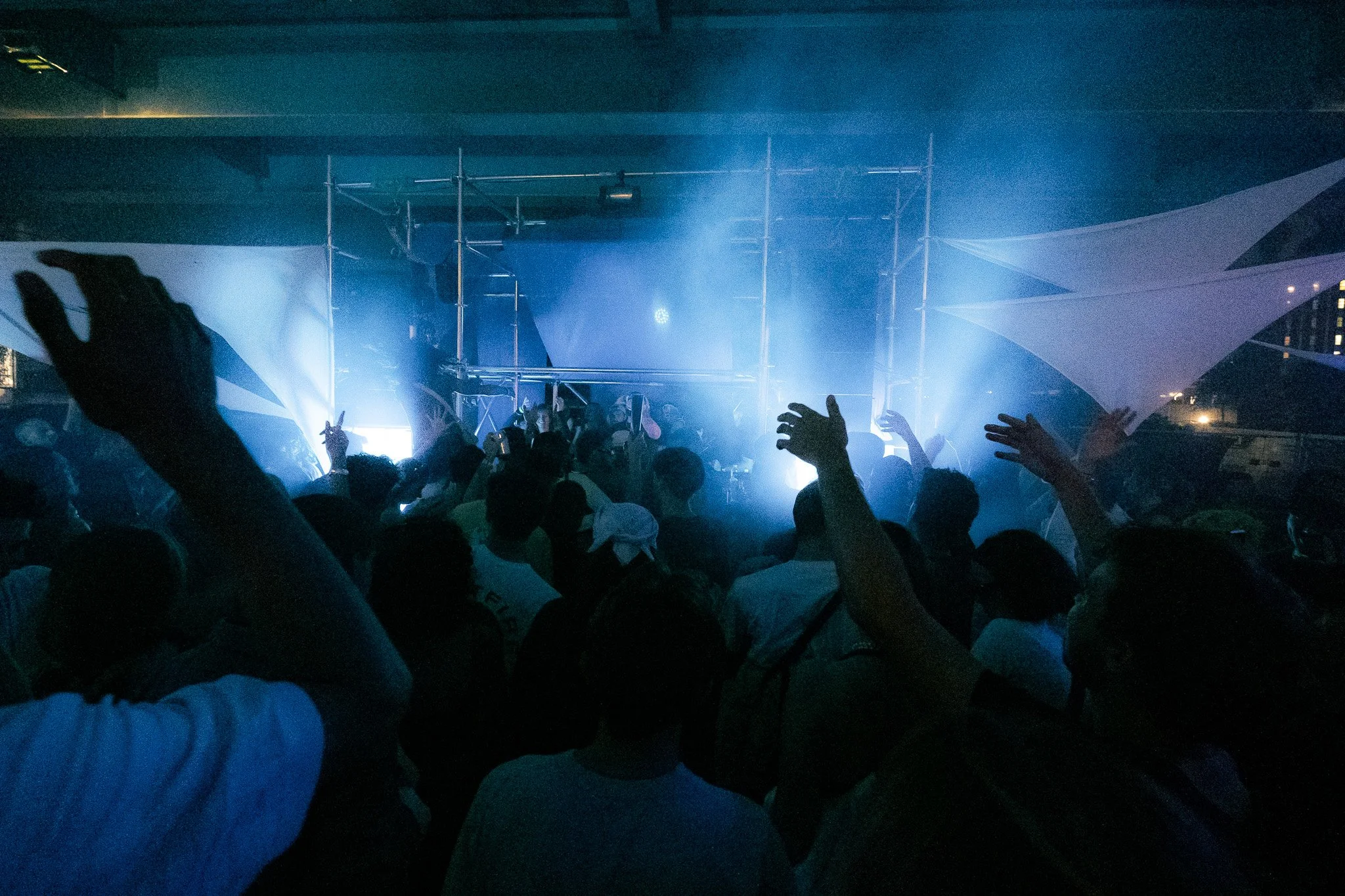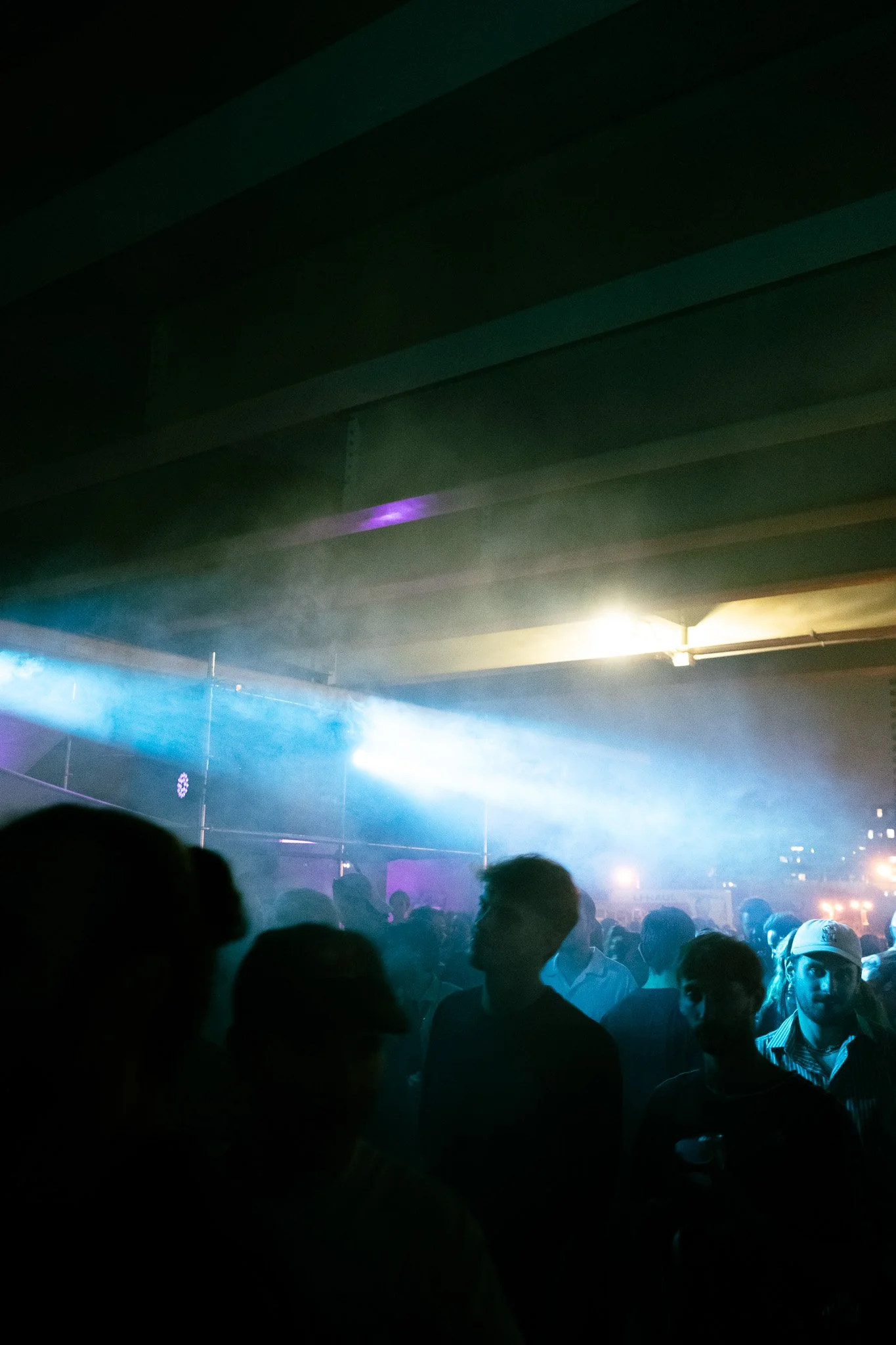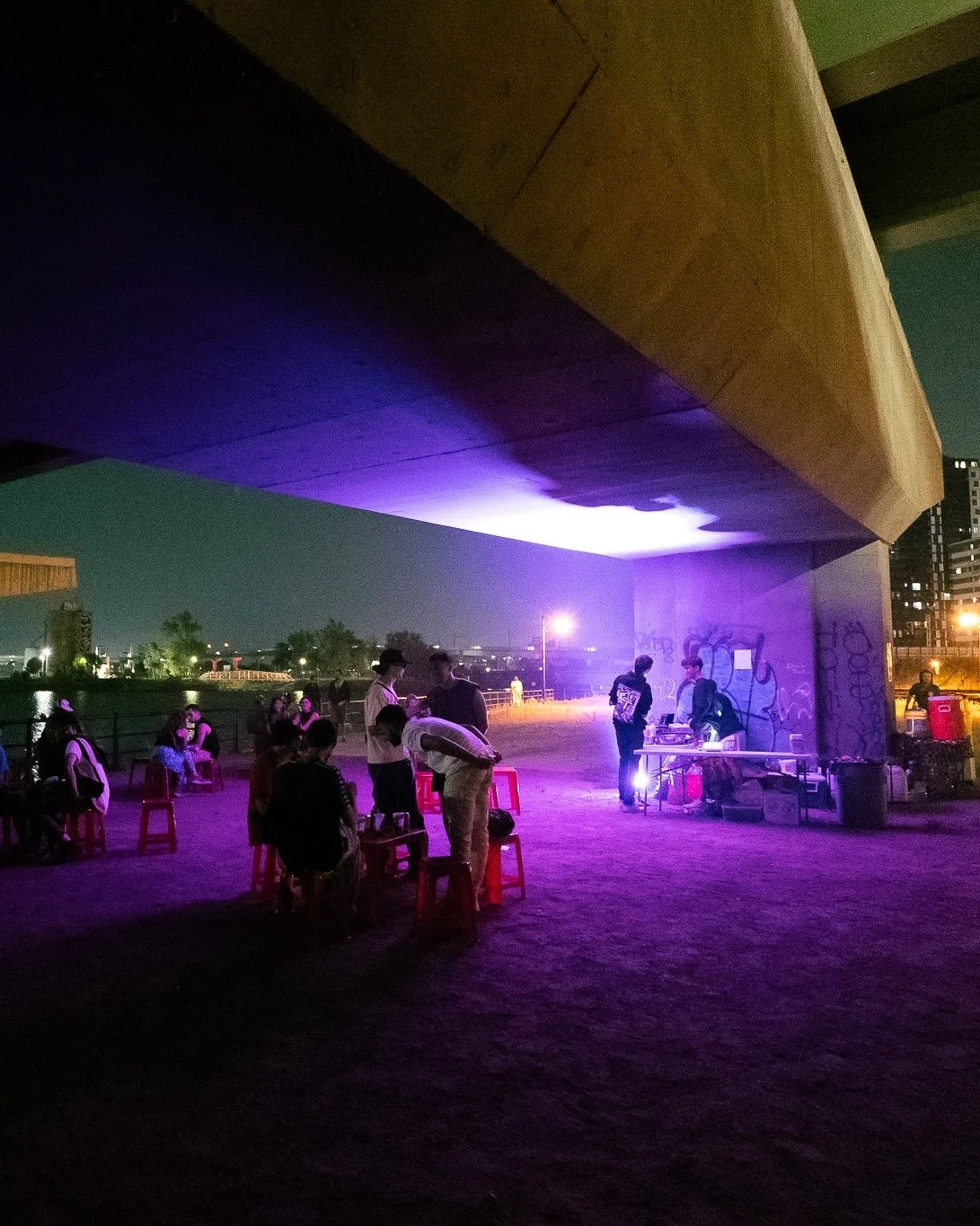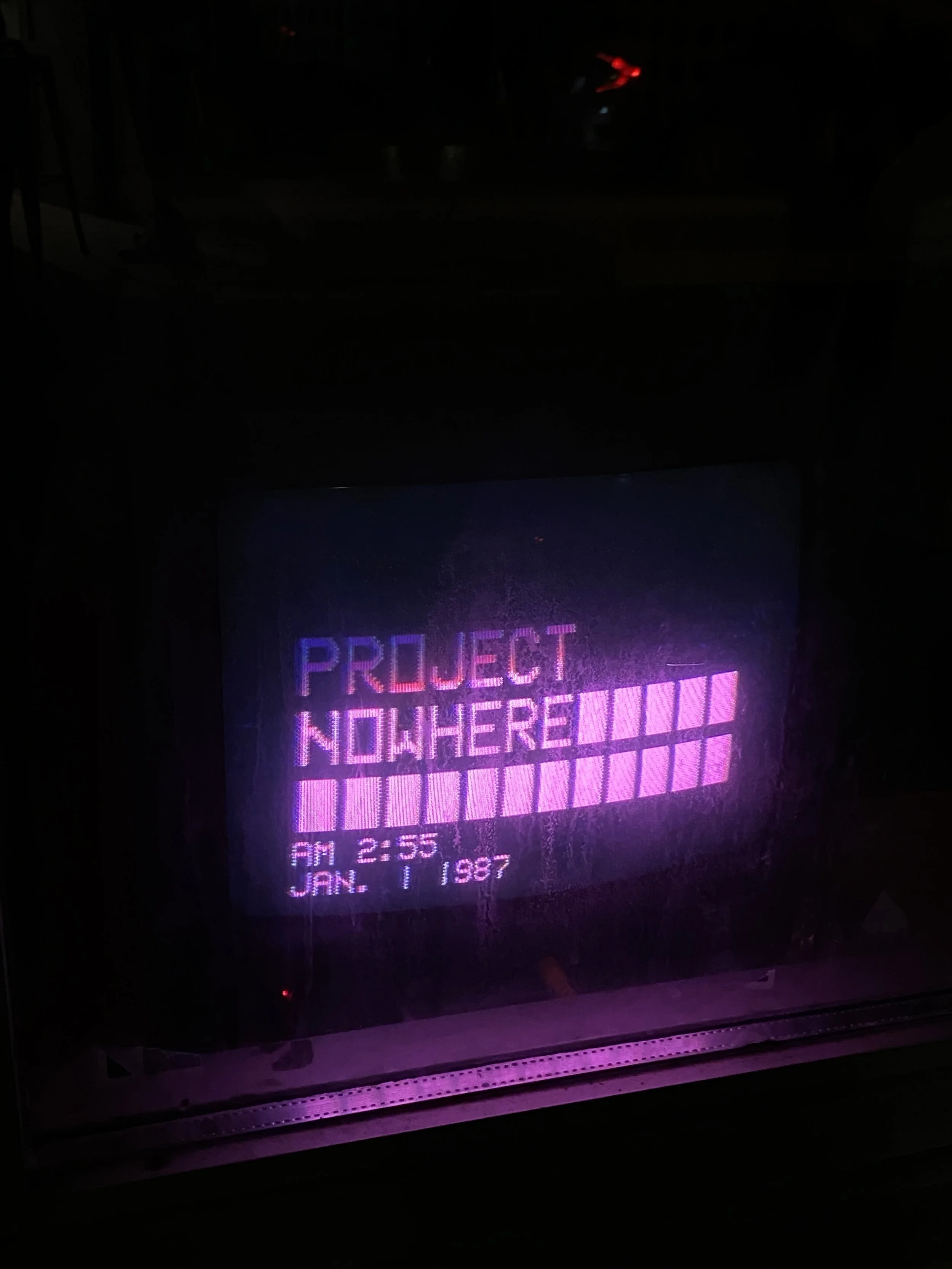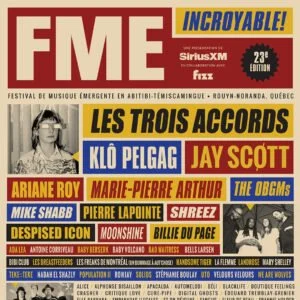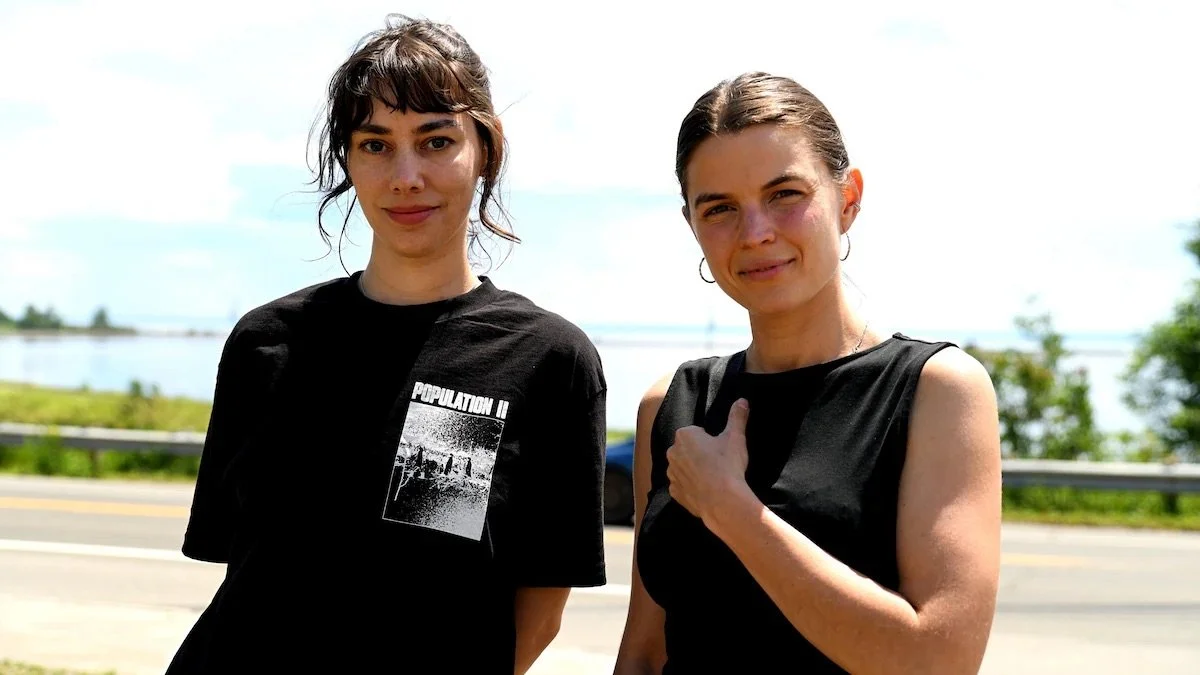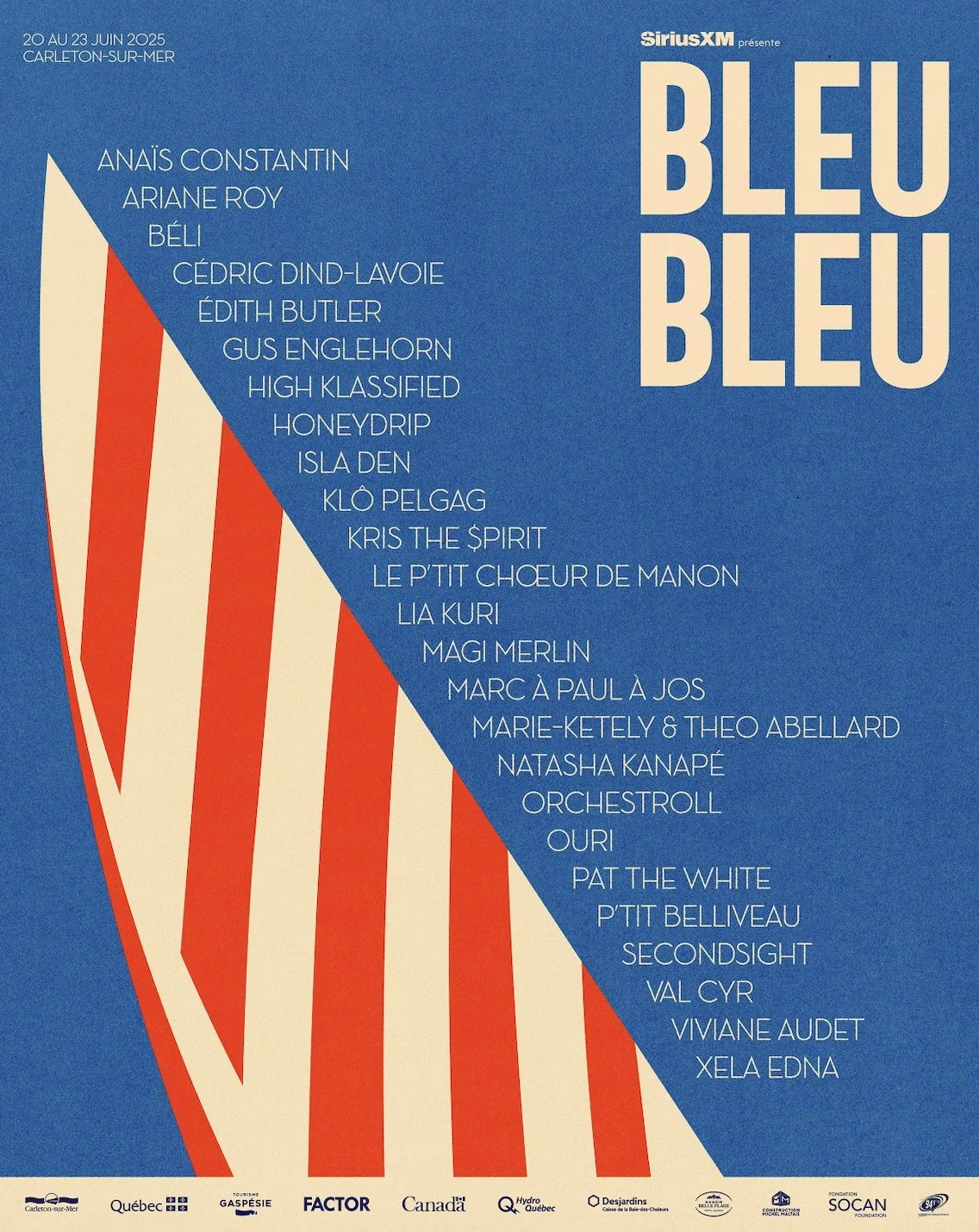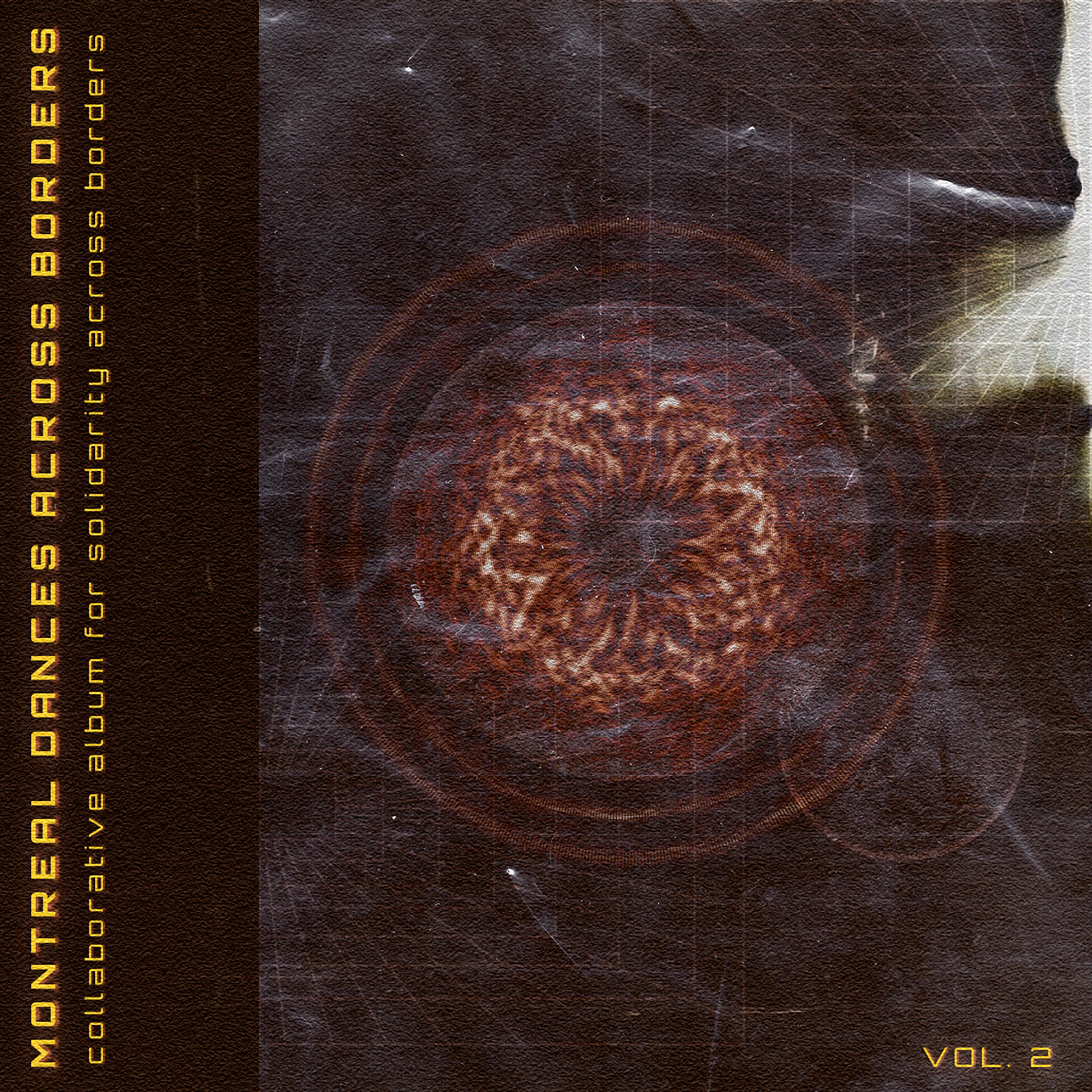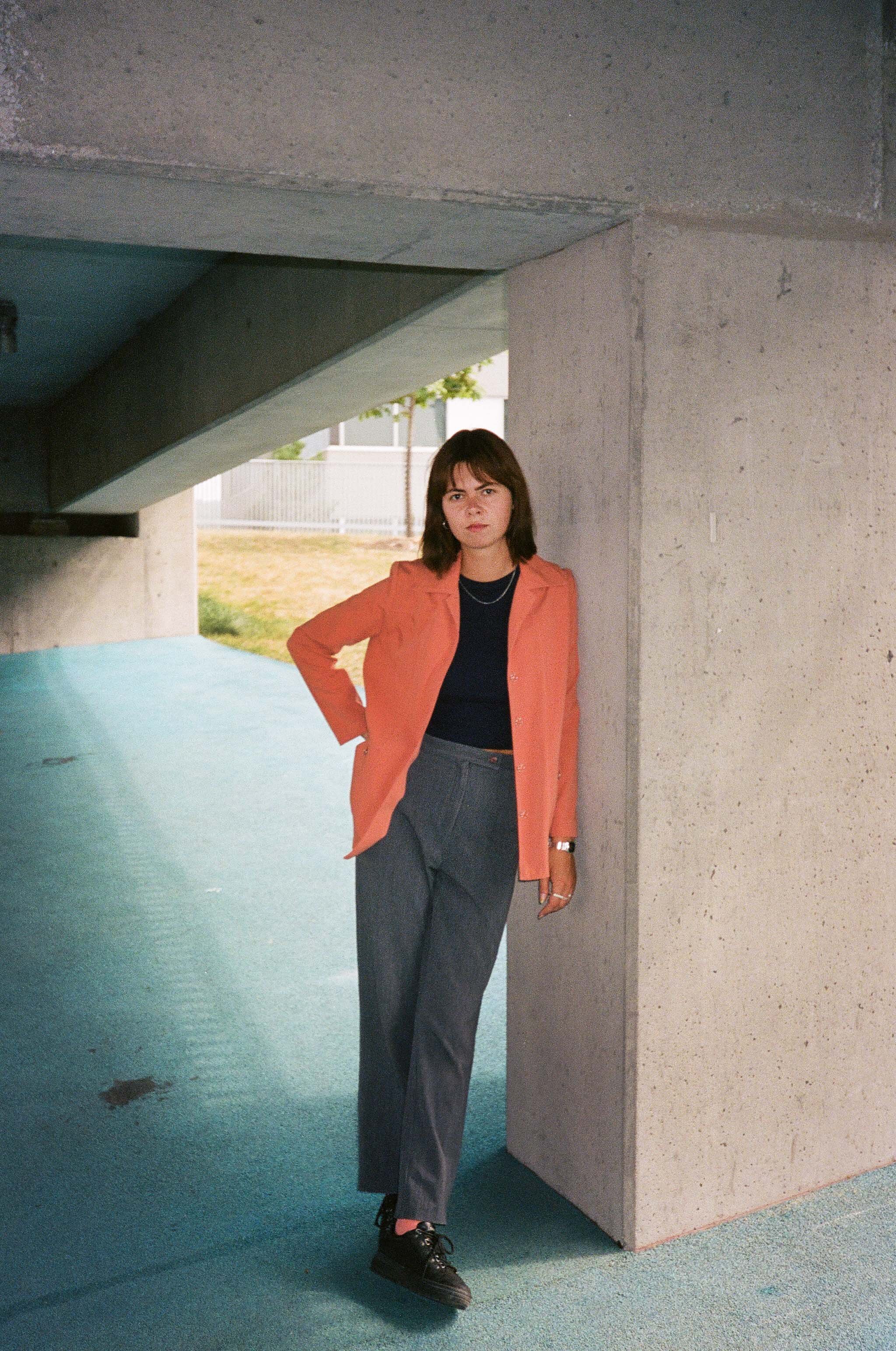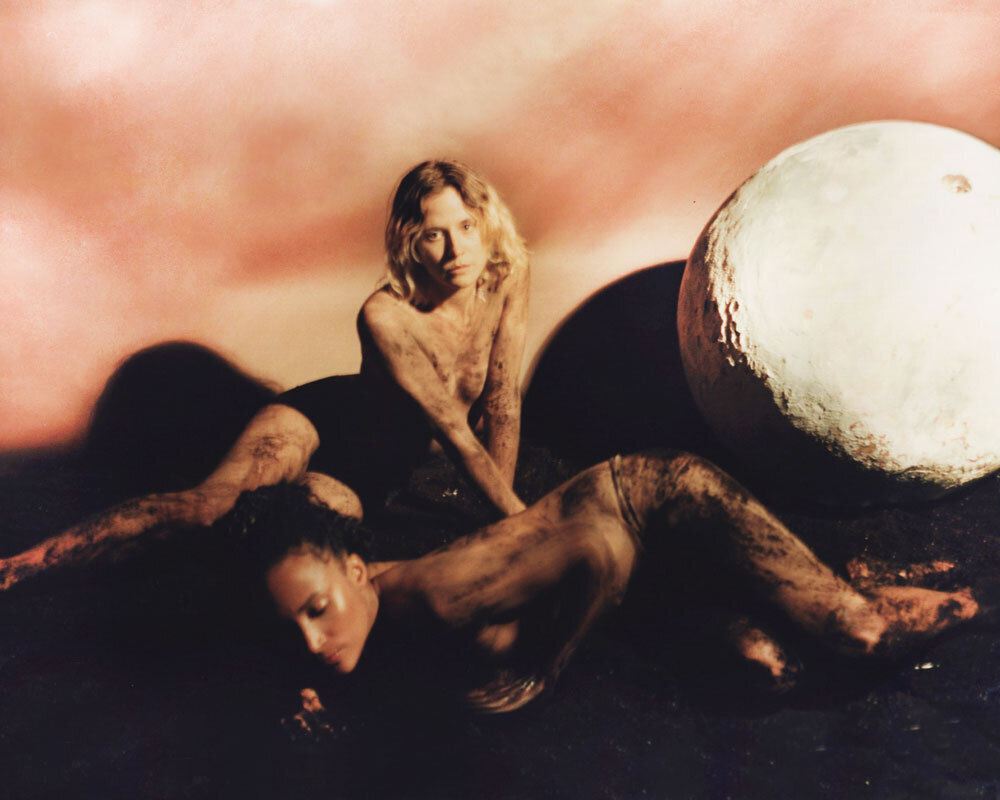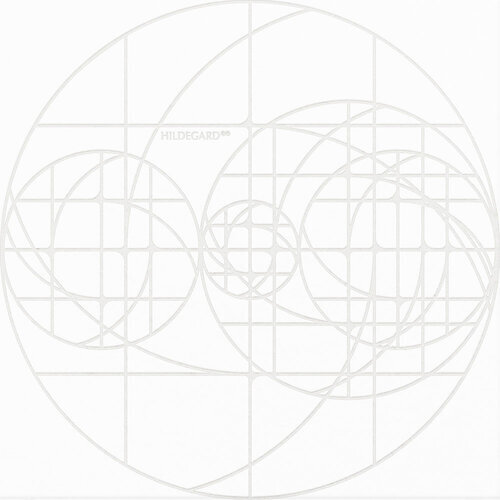AC: The second track feels like sitting on a dock in the rain, glass bottles washing up on the shore, reminiscing. What is the meaning of the lyrics on Penumbra?
CD: That sounds really good, I wish I were there! Penumbra is a love song written just before the dawn of a relationship. Now that I think about it, it's the only love song I've ever written in a profuse catalogue of songs about relationships! It's telling - I've given a lot of thought on the subject, read countless books, and experienced various iterations of disappointment, frustration and doubt throughout the years. Then, in 2019, a new perspective emerged. Nothing new, really, but the difference was that instead of intellectualizing my way through it, I saw a concrete path.
The first step was to jump out of my head and dive inwards to investigate the darkened, the uncomfortable, the dim, the vague, the penumbral. What is in there?!! Then, I needed to foster a kinder relationship with my inner self, gather together all the pieces hidden in the corners, not just the flattering parts. Right around that time, I met someone I could imagine being this truer version of myself with, someone with whom I could explore and fabricate a new kind of relationship, something truly good. It felt dizzying, like being on the edge of a cliff and taking a leap into the unknown. That's what the song is about; the decision to make oneself vulnerable again, carefully, by removing the protective barriers - and also being intrigued by the unknown. It can even be a love song towards a renewed connection to oneself as well.
AC: There’s a sense of controlled chaos throughout the tracks - sounds cycle between harshness and what seems like the exaggerated or over-amplified sound of rushing water or wind, and lush, bright moments of renewal. The music has a natural, nonlinear behaviour, but also a sense of a journey towards healing, flowing between good and bad moments. Is this state of healing what the album title, “Cycles & Decay”, is also alluding to?
CD: Yes, totally! Change is imminent, it permeates everything, so I'm trying to make friends with it, to jam with it. I've had a good amount of highs and lows, I've struggled with my mental health, with my physical health, I've experienced losses, some harder to recover from than others, I am aware that I will suffer in the future too. With time, I started noticing the cyclic feel of my own life, the reoccurring waves, ever shifting, yet familiar. I thought that in order to avoid sourness, I should cooperate with the cycles instead of fighting against them. For me, that means being malleable, listening to myself more, trying to stay vulnerable and open (and not turn into ice), and exploring ways to heal and learn out of hardships, while developing tools that help me navigate the inevitable. Things will get rough again, but it's not a reason to reject happiness when it's available - or to cling to the good times. I want to be a positive force, not one that drags down.
As for chaos and non-linearity, I feel that it's what keeps me alert and challenges me in a good way. It would be easy to slip into stubbornness, despair or denial. We wake up every day and live in a society that isn't good for the majority of human beings - it's important to remember that again and again.
Whitesupremacy-colonialism-capitalism-racism-oppressivesystems-pillageanddestructionoftheEarth
Not only that, we also have to reckon with the toxic stuff we've inherited from them, some nasty things like the notion, for example, that if I don't have a respectable career, I am considered a failure. That's ugly, right? It makes absolutely no sense to me; my value system rejects this idea, and yet I struggle with it often!
There are so many things to deal with, all at the same time, and chaos wakes me up - it makes me pay attention! Noticing times like the other day, when I did something that went against my values, becoming aware of when I contradict myself, listening to other perspectives and genuinely trying to get them, being gracefully present during an afternoon by the railroad tracks, obsessing about the future and then, after a few days, feeling at peace with it. Being proud of a friend's achievement, while acknowledging a tinge of envy, saying ‘fuck off’ to the idea of perfection, being able to articulate a complicated idea out loud for the first time...
Working on music connects me with myself, eases the anxiety and helps me deal with unpredictability by creating my own unpredictable, chaotic musical landscapes and then, problem-solving / finding new ideas to make them sound good. I separate myself into two parts - a creative force and a destructive one. The destructive side is rambunctious, reckless, angry, sabotaging, it takes pleasure in making a mess, but it does so while trusting that the other side will come and harmonize everything. It's pretty therapeutic!
AC: Is there a story of a naturally occurring cycle or historical experience you would want to share? One that could provide some context to the cycles of sonic decay and rebirth you described?
CD: The first cycle I became aware of was the cycle of the Moon. As I became more cognizant of the external influences I bathed in, I grew better at handling my mood swings & energy fluctuations. I felt I could better cooperate with the intangible forces. Paying attention to my menstrual cycle gave me some precious insight, too! Instead of forcing things, I try to better respect my body and its rhythms. Seasons form an important cycle too. I realized recently that I often create sound material during the Summer, assemble it into songs during the Fall, and mix and master music during Winter. In the Spring I feel too scattered to do anything.
There are also larger life cycles, ones where you feel like you are tackling a big 'theme' in your life. I'll end by giving an example of one. A few years ago, I saw three snakes in the span of a month. The day before I caught sight of the first snake, I had a conversation with a friend about the concept of 'Mono No Aware' while sitting in the passenger seat of his car. As he pulled the definition and read it to me, I felt seen, as if something deep inside was acknowledged, followed by the realization I wasn't alone feeling this way. The first snake was a beautiful, golden and white snake in the middle of a dirt road in New Mexico, the second one was a lean black one with a red line on his back, and the third one, a smaller brownish grass-snake on a mountain in Hamilton, ON. I had always been afraid of snakes, as a symbol and in real life, and I had never seen any before. From then on, I associate a snake with the ouroboros symbol, and seeing one signals a new start for me.
AC: I can’t help but ask what your workshop with Suzanne Ciani was about?
CD: Suzanne Ciani is so inspiring. As legendary as she is, she emanates realness - and that's truly refreshing. She mostly talked to us about her relationship with the Buchla synthesizer, showed us her way around it, how to set it up, how to build a sequence. I'd never even dreamed of playing with one myself, so it was great to get to learn about the electrical pathways and how it modulates within the machine. It gave me ideas about composition - that's what financial constraint does, it motivates you to find alternative ways to create results, I'm getting quite good at it! Suzanne also shared stories from her early days in the experimental electronic music scene, and how she built a pretty inspiring career for herself by staying bold and determined. I hope I soaked up some of her energy!
Listen to “Cylces & Decay” below

